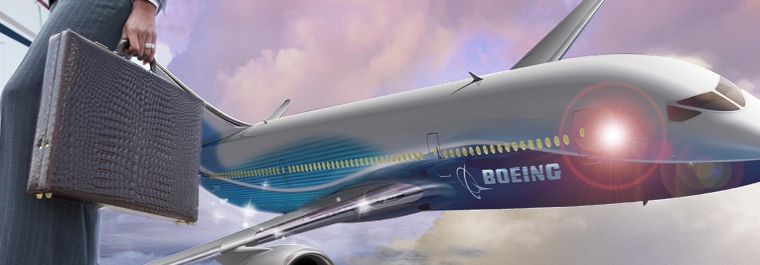Email:service@fqctw.com
2012-11-13
CAAC: Air Sector Growth Still Strong
CAAC: Air Sector Growth Still Strong
2012-11-13 Author:Hao Nan Source:China DailyIn light of the challenge created by the continued construction of high-speed rail in China, the country 's Civil Aviation Administration is encouraging large airline companies to establish regional alliances to strengthen international competitiveness.
"High-speed railways in the future will cover more cities in China 's eastern, central and southern areas, which are also major markets for the airline companies," said Li Jiaxiang, head of the administration, at a forum.
"It will pose a great challenge in domestic short and medium-distance air routes, so airline companies should look to the long-distance air route market, particularly the international market, to meet the challenge."
The China Southern Airlines started its "going global" strategy early in 2005.
It now has 42 flights to the Oceania countries weekly and three air routes flying from Guangzhou directly to European cities. The company also plans to expand their hub networks to emerging markets in South America and Africa.
Air China maintained double-digit growth in international passenger volume in 2011 and is rapidly expanding its international market, company Vice President Zhao Xiaohang told People 's Daily.
And, the inability of existing infrastructure and airports to meet ever-increasing passenger and freight demand is another obstacle for China 's civil aviation industry, administration officials say.
"The civil aviation infrastructure construction is lagging behind the development of the industry," said Li at a news conference in July.
"China has fewer than 300 airports," Li continued. "The United States has about 19,000 airports, and even Brazil and South Africa are better served by the civil aviation infrastructure, with more than 700 airports."
The State Council issued a guideline on promoting the development of the civil aviation industry at the news conference, pointing out that more airport facilities will be established during the 12th Five-Year Plan (2011-15).
In the future, 101 existing airports will be expanded during the period.
And, 82 airports will be added, which means that by the end of 2015, the number of airports in China will reach around 230, up from 175 at the end of 11th Five-Year Plan.
These newly built airports will mainly improve access to remote areas and western parts of the country.
As a result, more than 80 percent of the population will be living at a distance of 100 kilometers away from air infrastructure, according to the document.
In spite of the challenges brought by the economic slowdown, skyrocketing fuel prices and the expansion of alternative modes of transportation, China 's civil aviation industry is still likely to continue its boom over the coming years, industry insiders say.
The State Council has upgraded the industry 's development to the national strategic level and set a goal of turning it into a "safe, convenient and highly efficient" modern industry within eight years.
Services and safety will be steadily improved, with more than 80 percent of flights expected to take off on time by 2020.
And, the central government vows to continuously provide financial support to the civil aviation industry, said Vice-Minister of Finance Li Yong at the news conference.
In the 11th Five-Year Plan (2006-10), the industry received a total financial allocation of more than 90 billion yuan (US$14.4 billion), doubling the number allotted in the 10th Five-Year Plan, he noted.
Moreover, the optimization of air-traffic control will be one of the priorities of development.
Also, officials say the administration will focus on the emergence of general aviation as well as reducing energy consumption and carbon dioxide emissions.


















